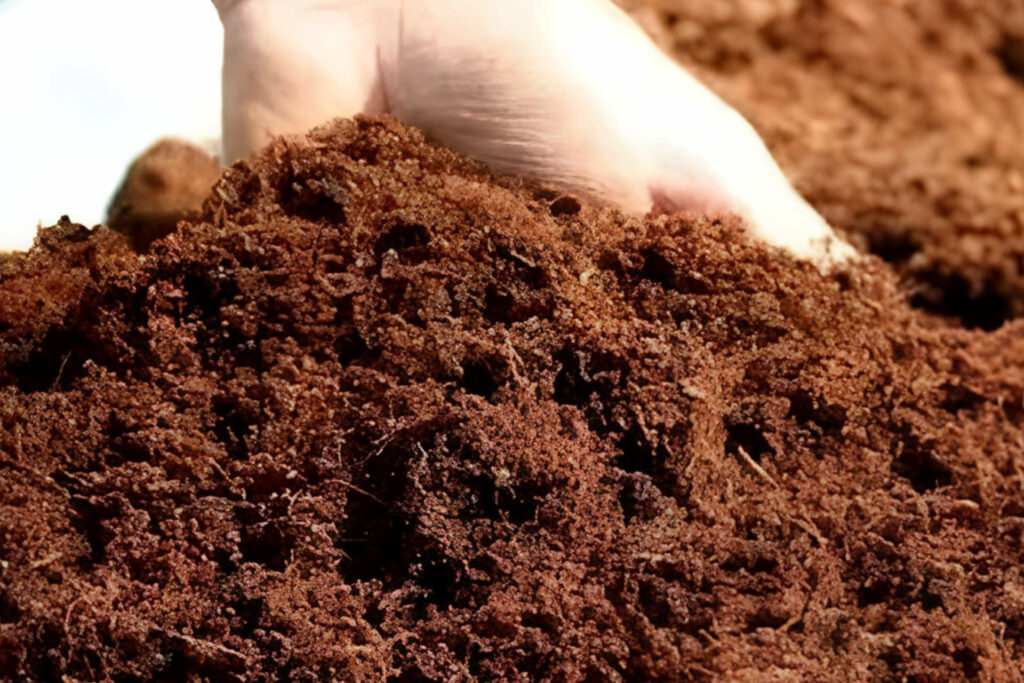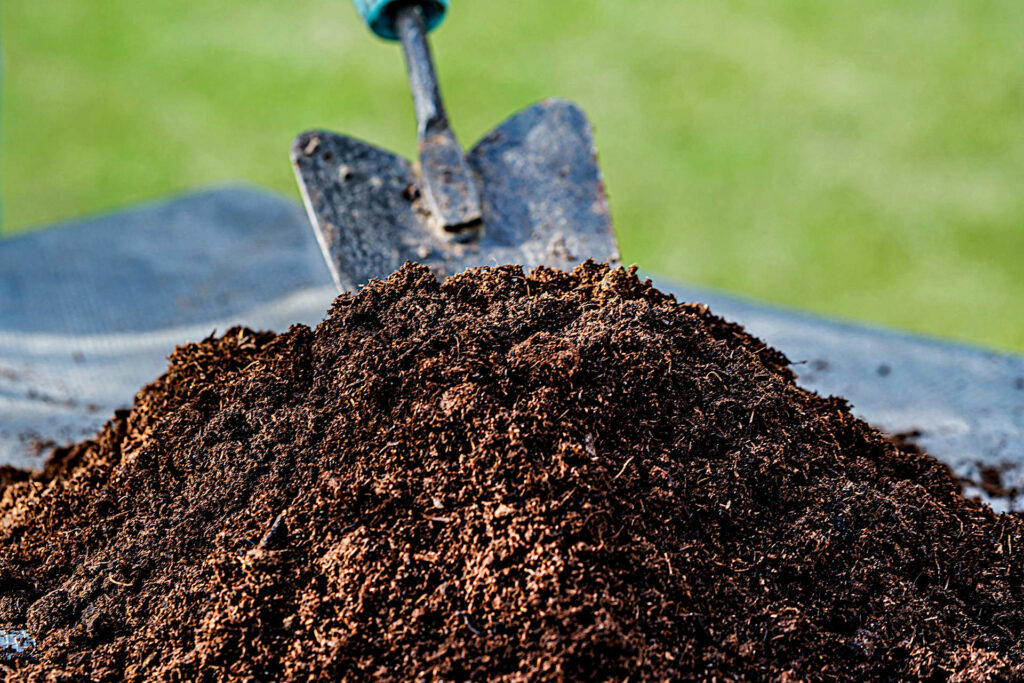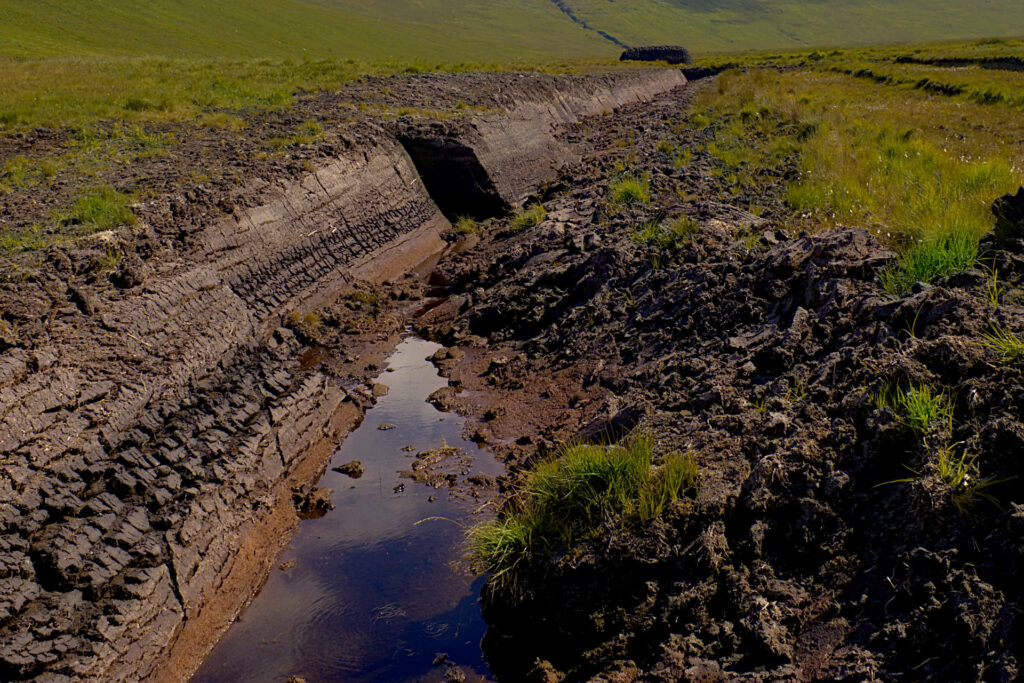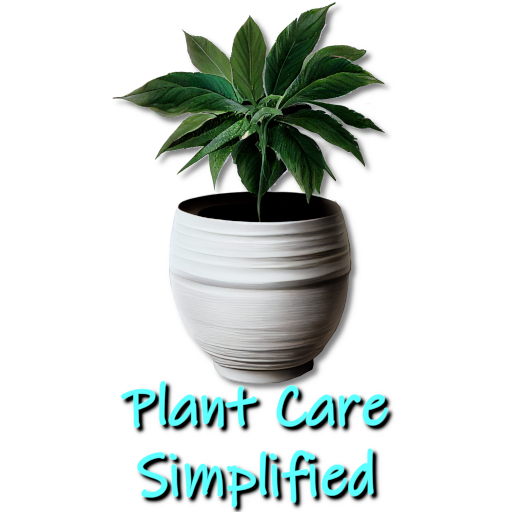Peat Moss vs. Coco Coir: The Ultimate Comparison
Jess is a true horticulturist whose passion for plants has led her to become an expert in tropical houseplants. Jess was born and raised in...
When it comes to growing healthy plants, choosing the right growing medium is crucial. There are many options to choose from, but two of the most popular are peat moss and coco coir. Both of these materials have their own unique characteristics and benefits, but which one is better for your plants?
In this article, we'll compare peat moss and coco coir to help you decide which is the best option for your plants.
Comparison Table: Peat Moss vs. Coco Coir
| Feature | Coco Coir | Peat Moss |
|---|---|---|
| pH Level | 5.7 to 6.7 | 3.5 to 4.5 |
| Aeration Propensity | High | Low |
| Water Holding Capacity | High | Medium |
| Pest Control | Good | Fair |
| Nutrient Delivery | Good | Fair |
| Environmental Impact | Sustainable alternative | Depletion of peat bogs |
| Cost and Availability | Less expensive, readily available | More expensive, limited availability |
Peat Moss
Peat moss is a naturally occurring material that is harvested from peat bogs. It is a highly organic material that is rich in nutrients and has excellent water-retaining properties. Peat moss is often used as a soil amendment or as a standalone growing medium. It is commonly used by gardeners, horticulturists, and farmers to improve soil structure and fertility.
Coco Coir

Coco coir is a by-product of the coconut industry, and it is made from the fibers that are left over after the outer husk of coconut has been removed. Coco coir is a sustainable and renewable alternative to peat moss and is becoming increasingly popular as a growing medium. It has excellent water-holding capabilities and provides good aeration for the roots of plants.
Points of Comparison
Regarding peat moss vs. coco coir, although they are relatively similar in how they perform, several key differences exist.
Aeration Propensity
Aeration is a critical factor in plant growth, ensuring that the roots receive the necessary oxygen to support healthy growth. Regarding aeration propensity, peat moss and coco coir have their own advantages and disadvantages.
Peat moss has a tight structure that can become compacted over time, which can lead to poor aeration and root suffocation. On the other hand, coco coir has a more open structure that allows for better aeration and root penetration. However, if coco coir is not properly managed, it can become waterlogged and lead to anaerobic conditions.
In terms of aeration propensity, it can be concluded that coco coir is the better option due to its open structure and superior aeration capabilities.
Nutrient Content
The ability of a growing medium to deliver essential nutrients to the soil solution for plant uptake is a crucial factor in plant growth. Both peat moss and coco coir have their own strengths and weaknesses in this regard.
Peat moss is low in essential nutrients, such as potassium (K+), magnesium (Mg2+), and calcium (Ca2+), so it must be mixed with other materials to provide the necessary nutrients for plants.
On the other hand, Coco coir contains high levels of sodium and also has moderate levels of potassium and phosphorus. However, it lacks sufficient calcium, iron, magnesium, and other vital micronutrients such as manganese, copper, chlorine, boron, and zinc, so also requires additional nutrients.
Nutrient Delivery and Cation Exchange

The ability of a growing medium to deliver essential nutritional cations to the soil solution for plant uptake is critical for plant growth. In this regard, both peat moss and coco coir have different properties that impact their ability to support the cation exchange process.
Peat moss has a low cation exchange capacity, meaning that it has limited ability to hold onto and exchange essential cations like potassium (K+), magnesium (Mg2+), and calcium (Ca2+). This can make it more challenging for plants to absorb these necessary nutrients through the cation exchange process.
On the other hand, coco coir has a relatively high cation exchange capacity. This means that it can effectively hold onto and exchange essential cations, making it easier for plants to absorb these nutrients through the cation exchange process. However, as mentioned earlier, the naturally occurring levels of sodium, as well as low levels of calcium, iron, and magnesium, may also impact the balance of nutrients available to the plants.
In conclusion, both peat moss and coco coir have their own strengths and weaknesses in terms of nutrient delivery and cation exchange capacity. When deciding between the two, it's important to consider the specific needs of your plants, as well as any additional fertilizers or amendments that may be necessary to provide the right balance of nutrients.
Pest Control
Pests can cause significant damage to plants and can also spread disease. It is important to choose a growing medium that is resistant to pest infestations.
Peat moss is susceptible to pest infestations, as it is an organic material that can provide a suitable environment for the growth of pests. Coco coir, on the other hand, is naturally resistant to pests and is less likely to provide a suitable environment for their growth.
In terms of pest control, it can be concluded that coco coir is the better option due to its natural resistance to pests.
pH Level
The pH level of a growing medium plays a crucial role in plant growth and development. It determines the availability of essential nutrients for the plant, as well as its ability to absorb and utilize these nutrients. A pH level that is too high or too low can lead to nutrient deficiencies, stunted growth, and reduced yields.
Peat moss typically has a pH level of 3.5 to 4.5, which makes it slightly acidic. Coco coir, on the other hand, has a pH level that ranges from 5.5 to 6.5, which makes it slightly alkaline. For most plants, a slightly acidic growing medium is ideal, as it provides the right balance of nutrients. However, some plants, such as blueberries, prefer a more acidic environment and will grow best in a medium with a pH level of 4.0 to 4.5.
For those growing plants that prefer a neutral or slightly alkaline environment, coco coir may be the better choice. Some plants, such as roses, prefer a slightly alkaline environment with a pH level of 6.0 to 6.5. It's important to note that both peat moss and coco coir can be adjusted to achieve the desired pH level. This can be done by adding pH-adjusting products, such as lime, to the growing medium or by growing the plants in hydroponic systems with pH-controlled nutrient solutions.
In conclusion, when choosing the right growing medium, it's important to consider the pH level and how it will impact the growth and development of your plants. Knowing the desired pH level for your specific plants and adjusting the growing medium accordingly will ensure optimal growth and yields.
Water-Retention Properties
Both peat moss and coco coir have excellent water-retention properties, but they differ in the way they hold water. Peat moss is able to hold large amounts of water, but it can also become waterlogged and compacted if it is not properly drained. Coco coir, on the other hand, has a more open structure, which allows for better drainage and aeration.
Renewability
Peat moss is a non-renewable resource that takes thousands of years to form. Harvesting peat moss for horticultural use can have a negative impact on peat bogs, which are important ecosystems in their own right. Coco coir, on the other hand, is a renewable resource produced from the coconut industry's waste fibers.
Environmental Considerations: Peat Moss vs Coco Coir

Growing media is a crucial component of successful plant growth, but it is also important to consider the impact that these materials have on the environment. Peat moss and coco coir are two commonly used growing media, but each has its own environmental considerations that gardeners and horticulturists should be aware of.
Peat Moss
Peat moss is a popular growing medium for many plants because it is lightweight, retains moisture, and has a high water-holding capacity. However, the extraction of peat moss from peat bogs is a controversial issue from an environmental perspective. Peat bogs are unique habitats that are home to a variety of plant and animal species, and they are also an important carbon sink, absorbing and storing large amounts of carbon dioxide from the atmosphere.
However, the harvesting of peat moss for horticultural purposes is rapidly depleting peat bogs, and this is having a significant impact on the environment. The removal of peat moss from these habitats destroys them, releasing carbon dioxide into the atmosphere and contributing to global warming. Furthermore, the extraction process is also energy-intensive, consuming large amounts of energy and contributing to greenhouse gas emissions.
Coco Coir
Coco coir, made from the fibers of coconut husks, is a relatively new growing medium that is gaining popularity as an alternative to peat moss. Unlike peat moss, coco coir is a renewable resource that is easily replenished. Furthermore, the coconut industry is large and established in many tropical countries, and the production of coco coir is often considered a by-product of the coconut industry, rather than a primary product.
However, the coconut industry also has its own set of environmental concerns. For example, large-scale coconut farming can result in deforestation and the loss of important habitats for wildlife. Additionally, the production of coco coir often involves the use of large amounts of water, which can impact water scarcity in regions where water is already scarce. Furthermore, the transportation of coco coir from its source to the horticultural market can also result in significant greenhouse gas emissions.
In conclusion, when considering the environmental impact of peat moss and coco coir, it is important to weigh the pros and cons of each. While coco coir is a more sustainable option than peat moss, it is not without its own environmental considerations. Ultimately, gardeners and horticulturists should choose the growing medium that best meets their needs while also being mindful of their choices' impact on the environment.
Availability and Cost:
When it comes to choosing a growing medium, availability and cost can be just as important as its suitability for your plants. Peat moss and coco coir are widely available in many countries, but the cost can vary depending on where you live and the retailer you purchase from.
Peat moss is a naturally occurring product that is harvested from peat bogs. This resource is finite and can take hundreds of years to form, so the cost of peat moss can vary depending on its availability and the region you are in. Additionally, peat moss harvesting can significantly impact the environment, so some consumers may be hesitant to purchase it for this reason.
Coco coir, in contrast, is a renewable resource made from the husks of coconuts. The coconut industry is a large and established industry, which means that coco coir is widely available and often more affordable than peat moss. However, it is worth noting that the production of coco coir can have environmental impacts, such as the use of large amounts of water and energy, and the release of greenhouse gases.
When considering cost, it is important to keep in mind that both peat moss and coco coir are sold in various sizes and forms, so the cost per unit of volume can vary. Additionally, some retailers may offer discounts or bulk purchasing options, which can help lower your growing medium's overall cost.
When choosing a growing medium, it is clear that it is important to consider both the cost and availability in your area in order to make the best decision. Both peat moss and coco coir have pros and cons, so it is up to each individual to weigh the most important factors and make an informed decision based on their specific needs and priorities.
Final Thoughts
In the final analysis, both peat moss and coco coir have their advantages and disadvantages as growing mediums. Peat moss provides great water retention but lacks aeration, while coco coir excels at aeration but needs added nutrients. From a sustainability standpoint, coco coir is the better choice, given peat moss harvesting damages fragile bog ecosystems.
For the home gardener, coco coir may be preferable for container gardens and indoor plants due to its superior drainage and aeration properties. However, peat moss remains a very effective soil amendment to improve moisture retention and tilth. The ideal approach may be to use a blend of the two, balancing out their different strengths.
When choosing a potting mix, consider the specific needs of your plants along with availability, cost, and environmental factors in your area. With the right combination of peat moss, coco coir, and other amendments, an optimal growing medium can be created for vibrant and healthy plants.
Commonly Asked Questions
Q: What are the main differences between peat moss and coco coir?
A: The main differences are:
- pH - Peat moss is more acidic, coco coir is more neutral
- Aeration - Coco coir provides better aeration for roots
- Water retention - Coco coir holds more water than peat moss
- Nutrients - Peat moss has more nutrients, coco coir needs added fertilizer
- Renewability - Coco coir is renewable, peat moss is not
- Environmental impact - Peat moss harvesting damages bogs, coco coir is more sustainable
Q: Which is better for container gardening - peat moss or coco coir?
A: For container gardening, coco coir is usually the better choice because it provides better aeration and drainage. The extra air space in coco coir prevents roots from getting waterlogged.
Q: Should I mix peat moss and coco coir together?
A: You can certainly mix them together to get the benefits of both. A common ratio is 60% coco coir and 40% peat moss. This balances the water-retaining abilities of peat moss with the aeration of coco coir.
Q: Does coco coir have any disadvantages compared to peat moss?
A: Coco coir lacks the natural nutrients that sphagnum peat moss has, so it needs to be amended with fertilizer to provide nutrition for plants. Coco coir also tends to compact over time, so regular fluffing is required.
Q: Why is peat moss considered non-renewable?
A: Peat moss forms in bogs over thousands of years. The rate of extraction for horticultural use far exceeds the extremely slow rate at which peat moss accumulates. So once a bog is harvested it can take centuries to regenerate.
Q: Is coco coir sustainable?
A: Yes, coco coir is considered a sustainable and renewable growing medium because it is a by-product of the coconut industry. Coconuts are harvested regularly and coco coir is extracted from the husks, so it is an abundant agricultural waste product.
Videos
References
Jess is a true horticulturist whose passion for plants has led her to become an expert in tropical houseplants. Jess was born and raised in South East Asia surrounded by lush jungles and lush botanical gardens. This environment prompted her to develop a love for all things green and growing. A move to the UK helped her plant care skills and improved her knowledge Her commitment to her craft and her dedication to her customers has earned her a reputation as one of the best in the business. She continues to inspire others with her love for nature and the environment.Bio Page
More Posts